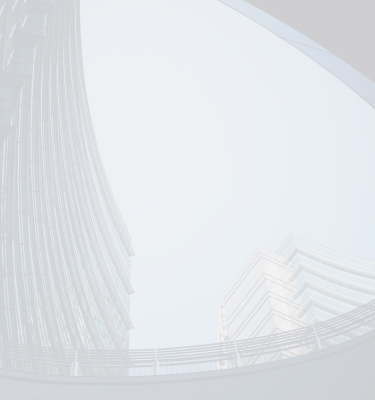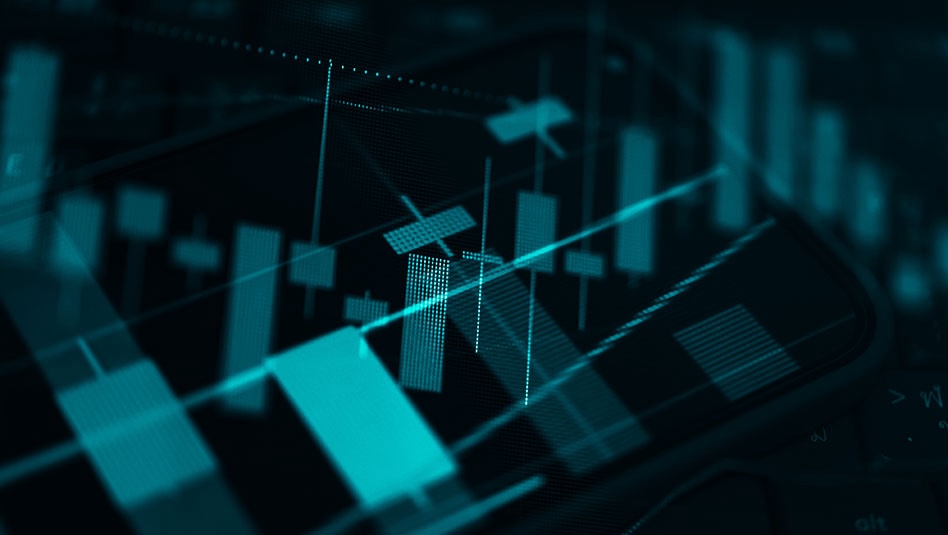Access this content:
If you are an existing investor, log in first to your Metrobank Wealth Manager account.
If you wish to start your wealth journey with us, click the “How To Sign Up” button.

Fundamental View
AS OF 27 Nov 2025Bank Negara Indonesia (BNI) is the fourth largest commercial bank in Indonesia.
The bank is majority-owned by the Indonesian government (60%) and receives strong state support in the form of well-established relationships with SOEs, an area that the bank heavily loans to.
BNI’s asset quality has shown a steady improvement after COVID headwinds in Indonesia, through de-risking its loan portfolio by focusing growth on top tier private corporates. It is now going for balanced loan growth across segments.
Business Description
AS OF 27 Nov 2025- Bank Negara Indonesia was founded in 1946, initially as a central bank, before becoming a commercial bank in 1968. It is now the 4th largest commercial bank in Indonesia by assets.
- The bank is majority-owned by the state (60%) and focuses its lending toward SOEs and domestic corporates.
- BNI's loan book is split 56% corporates, 24% small and medium enterprises and 19% retail, with the remaining coming from its subsidiaries at September 2025.
Risk & Catalysts
AS OF 27 Nov 2025The liquidity environment showed a turning point in September, aided by BI rate cuts, smaller SRBI issuance and yields, higher government spending, and the government’s cash injection into key state banks, supporting loan growth momentum.
While Indonesia’s growth is projected at ~5% in 2025 and could pickup over the medium term under the Prabowo administration, volatile sentiment towards Indonesia over growth slowdown concerns, weak state finances, and governance and policy uncertainties could weigh on spreads.
We see governance risks as increased with the move of SOE banks including BNI to Danantara; higher dividend payouts to fund government policies are likely. However, we are comfortable with the CET1 ratio dropping to the 14-16% range of other APAC banks.
Asset quality is showing pressure in retail and medium commercials, yet BNI is shifting its growth focus from large corporates and safer retail to more balanced mix. We see this as margin pressure and possibly policy driven. There could be more state directed lending to less commercially viable projects, but the effects would take a few years to play out.
Key Metric
AS OF 27 Nov 2025| IDR bn | FY21 | FY22 | FY23 | FY24 | 9M25 |
|---|---|---|---|---|---|
| PPP ROA | 3.35% | 3.42% | 3.32% | 3.10% | 2.68% |
| ROA | 1.2% | 1.8% | 2.0% | 1.9% | 1.7% |
| ROE | 9.9% | 15.0% | 15.2% | 13.9% | 12.4% |
| Equity/Assets | 12.07% | 12.32% | 13.61% | 14.18% | 12.96% |
| CET1 Ratio | 17.4% | 17.5% | 20.2% | 18.9% | 18.7% |
| NPL Ratio | 3.70% | 2.81% | 2.14% | 1.97% | 1.96% |
| Provisions/Average Loans | 3.23% | 1.83% | 1.41% | 1.08% | 0.95% |
| LDR | 79.9% | 84.0% | 85.7% | 96.3% | 86.9% |
CreditSight View Comment
AS OF 28 Oct 2025BNI is the 4th largest bank in Indonesia by assets and is 60% government owned. It thus has well-established relationships with SOEs. Asset quality was weaker than at Mandiri with a higher NPL ratio and credit costs, but has improved on its pivot to better quality segments since ’21. Funding cost pressure from the tight liquidity environment has eased with recent government stimulus, and loan growth has picked up. Asset quality however is showing strains in retai, despite which it is looking at riskier segments for growth. Fundamentals though remain sound with strong capital and decent profitability. Governance risks have increased with the move to Danantara. We expect capital ratios to decline, but would be fine with a 14-16% CET1 ratio. We currently have BNI on U/P due to tight RV.
Recommendation Reviewed: October 28, 2025
Recommendation Changed: August 04, 2025
Featured Issuers
Bank of Philippine Islands

SK Hynix

Hyundai Motor










 DOWNLOAD
DOWNLOAD



